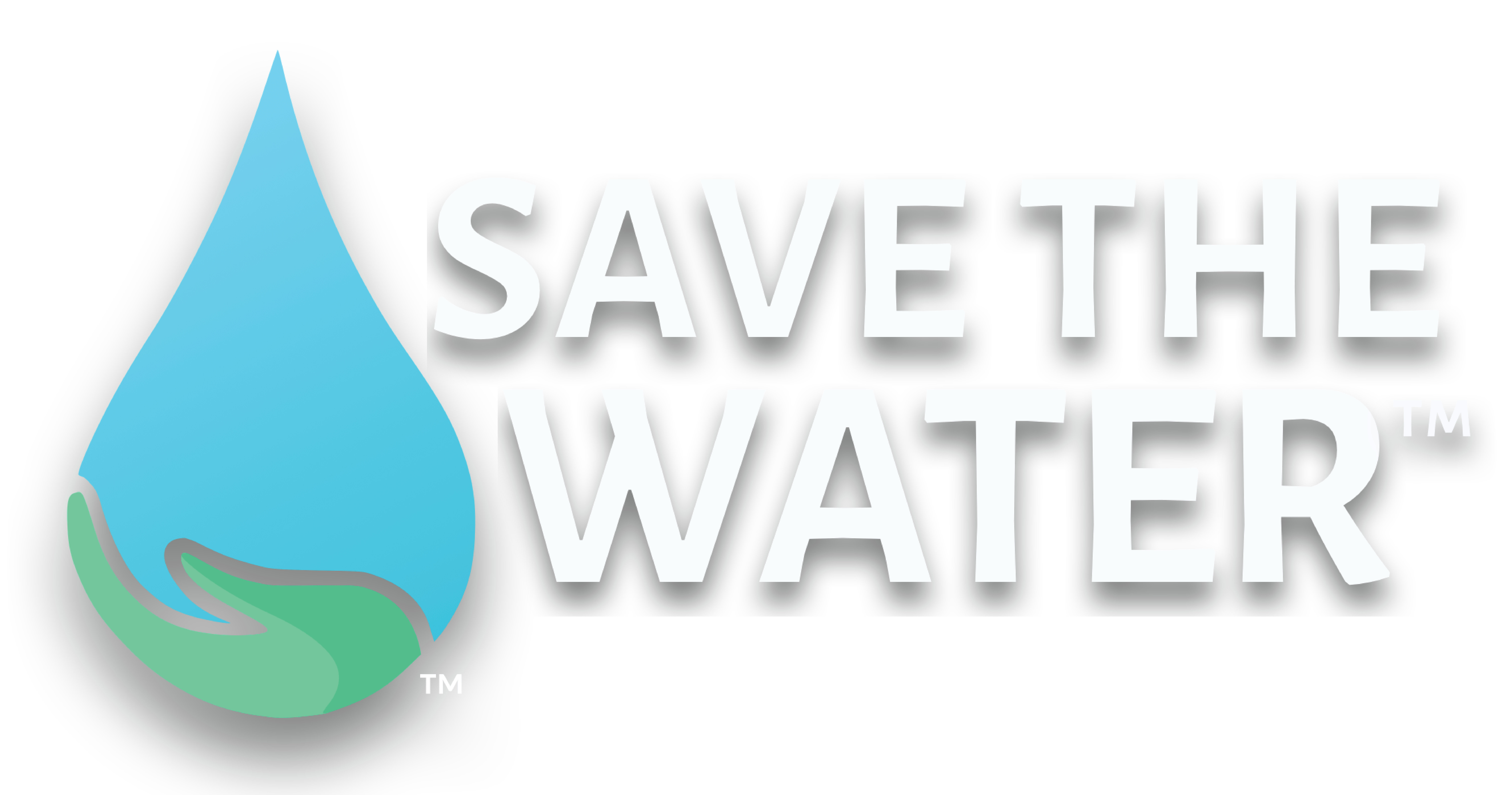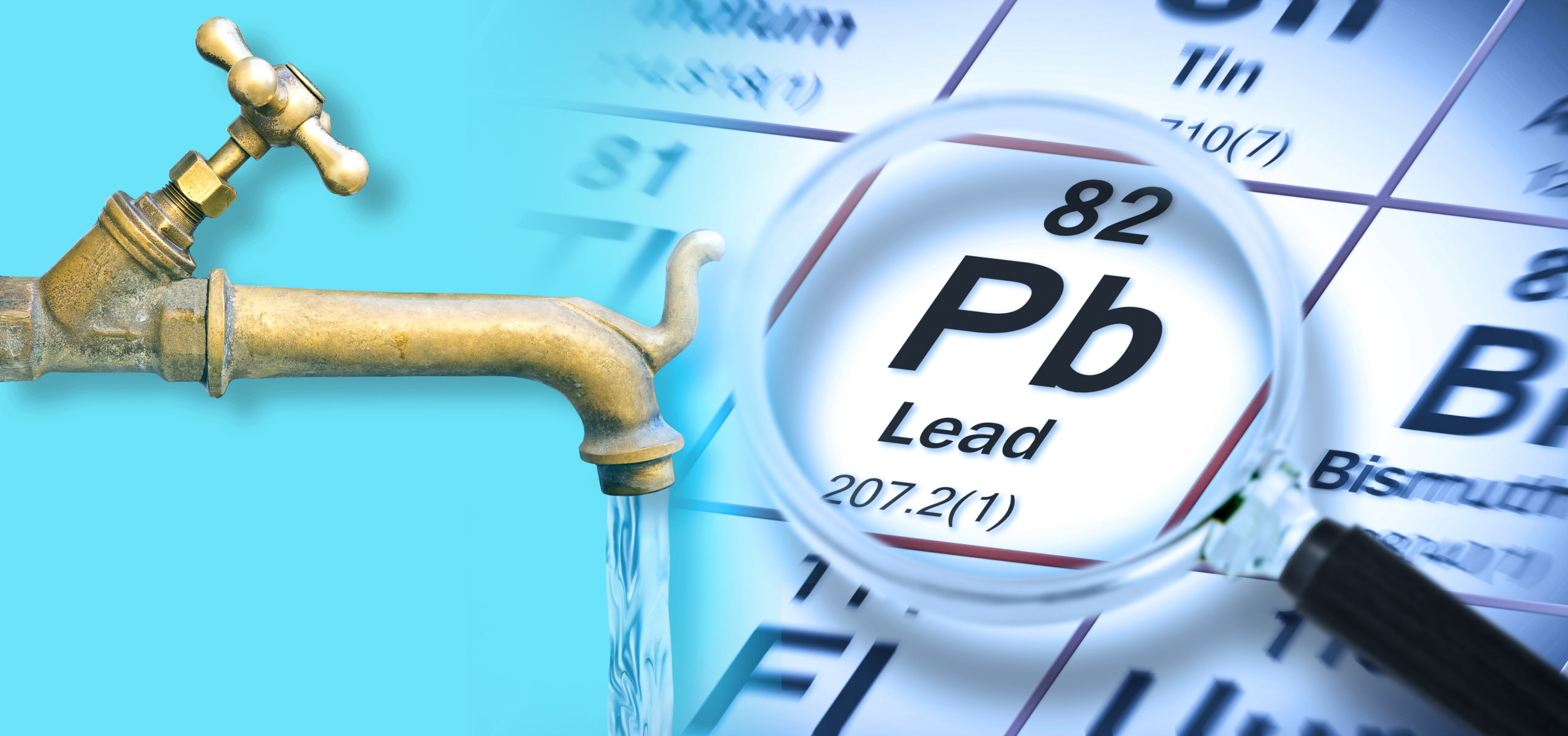By Brigitte Rodriguez, Publishing Associate: Researcher and Writer at Save the Water™ | January 13, 2024
Edited by Joshua Awolaye, Publishing Associate: Editor at Save the Water™
Surface water is a critical resource for both agricultural and human consumption. However, contamination of this resource puts the environment and humans at risk. Among the main problems is lead contamination. It stands out for its toxicity to aquatic bodies and the ability to bioaccumulate in the body over time.
Lead-Contaminated Surface Waters
Lead contamination of surface waters can occur from a variety of sources. Industrial activities, especially that of older infrastructure, and the corrosion of lead service lines are some contributors to lead pollution.
Moreover, unlike many other contaminants, lead does not degrade over time. Instead, it accumulates in sediments, creating a persistent environmental hazard. This persistence, coupled with its toxicity, makes lead a serious threat to aquatic ecosystems and human health.
Impact on aquatic ecosystems and humans
Lead bioaccumulates in fish and other aquatic organisms. This builds up the toxic concentrations higher in the food supply. Consequently, this not only threatens the species but also destabilizes aquatic food webs. As a result, this causes a decline in biodiversity and compromises the health of the ecosystem.
Furthermore, human exposure to lead-contaminated water can also cause serious health problems. Lead affects the nervous system and causes growth problems, hearing impairment, and cardiovascular effects.
Recent Case: Cotswold’s Lead Contamination Crisis
In Cotswold, tap water in 34 homes has registered alarmingly high levels of lead. This can be attributed to the old lead piping that runs to the city’s water infrastructure. People are already manifesting signs of having been exposed to lead, and this has prompted long-term health concerns. Thames Water, the largest water and sewerage company in the UK, has begun replacing the lead pipes. However, the response could be too late. In the meantime, residents have also been told not to drink tap water and provided with bottles of water. The severity of lead exposure and its health implications will be determined through blood tests that are to be conducted.
Treatment and Mitigation Strategies
There are some treatments for curbing lead contamination:
- Reverse osmosis: RO is an option for removing lead contaminants. It purifies the water from corroded pipes and separates unwanted substances from the water.
- Activated carbon filtration: The filter absorbs lead particles and other harmful substances. As the water passes through the filter, these impurities are trapped in the pores of the carbon. This makes the water cleaner and safer to drink.
What Can You Do To Limit Lead Exposure?
There are some actions that you can do to limit lead exposure:
- Test for the presence of lead-based paint.
- Employ a technician to minimize potential lead exposure.
- Regularly inspect plumbing for corrosion, especially in older residences.
- Replace any lead pipes to reduce contamination risks.
- Install a water filter designed to effectively remove lead.
- Regularly consume foods rich in iron, calcium, and vitamin C to help lower the body’s absorption of lead.





